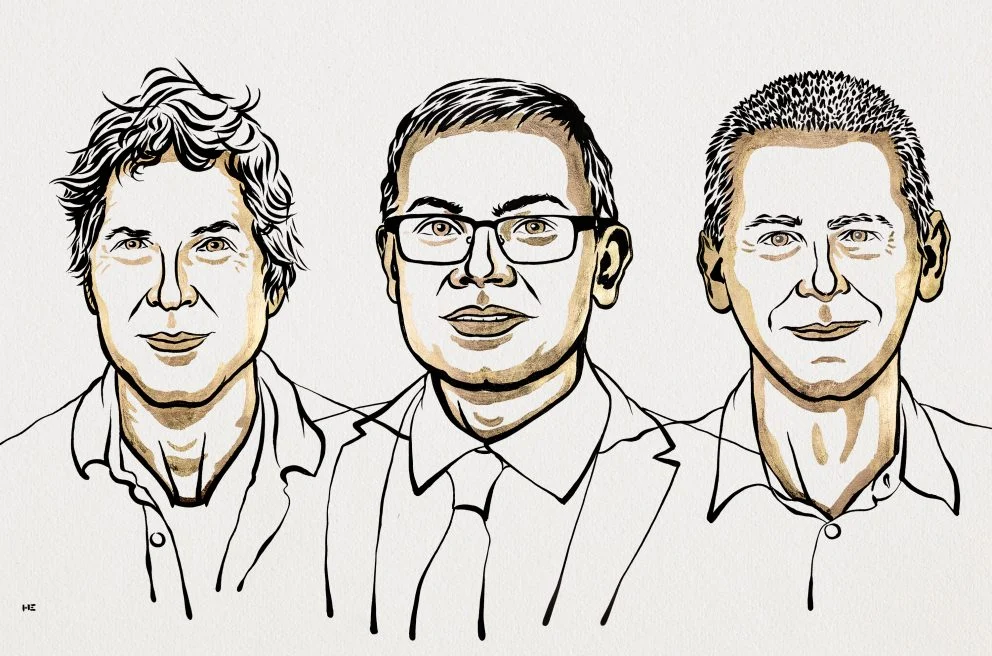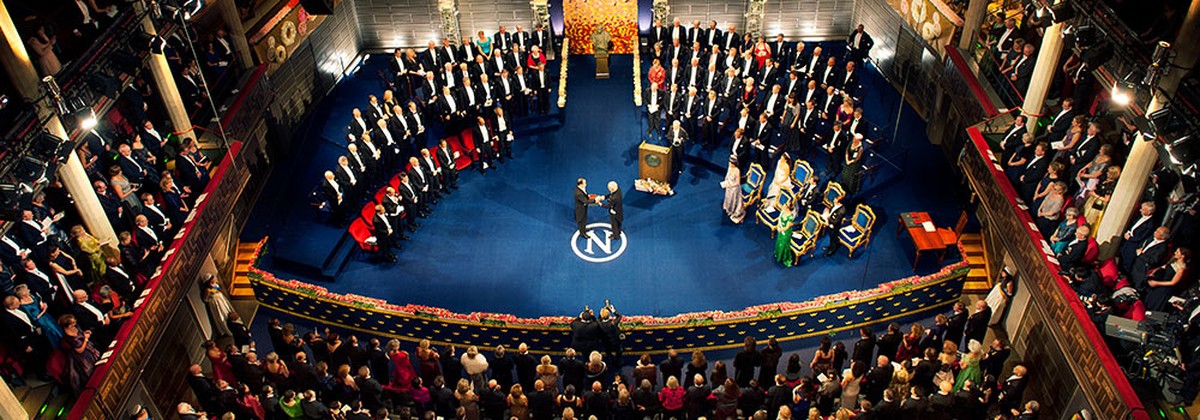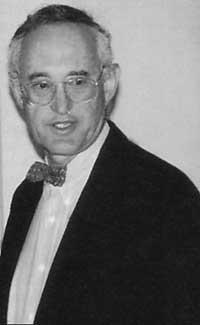Nobel Prize in Chemistry for the creation of new proteins and prognosis of the structure
2024/10/09 Galarraga Aiestaran, Ana - Elhuyar Zientzia Iturria: Elhuyar aldizkaria

The Nobel Committee on Chemistry has decided this year to award three researchers: on the one hand, David Baker, for developing a tool for designing new proteins, and, on the other, Demis Hassabis and John Jumper, for jointly creating an artificial intelligence model for predicting the structure of proteins. Both discoveries, in addition to helping to better understand the essence of living organisms, offer enormous possibilities in areas such as pharmacy or the chemical industry.
The Commission recalls that proteins are an essential component of life. In fact, they control and stimulate all the chemical reactions. Hormones, antibodies, enzymes, neurotransmitters, tissue building blocks -- they're all proteins. That is why the work of researchers is so important that this year they have been awarded.
Before them, other scientists have also made significant discoveries in this field. For example, in 1972, Chirstian Anfinsen won the Nobel Prize in Chemistry for demonstrating that the amino acid sequence conditions the folding of proteins or the three-dimensional structure.
Totally new proteins and artificial intelligence
David Baker focused his research from the very beginning on protein folding. In the late 1990s, a computer program for predicting the structure of proteins began to be developed: Rosetta. Based on this, he continued to research with the aim of designing new proteins until he got the Top7 protein, a totally new protein that mimics existing structures but does not exist in nature. It was also bigger than any de novo designed protein: It had 93 amino acids.
Baker published this work in 2003. From there, this field has developed dramatically. It also made the Rosetta code available to all, allowing researchers from around the world to use it.
At that time, Hassabis and John Jumper were not investigating together. Demis Hassabis, as a kid, played chess and then was a game developer and programmer. In 2010, he became one of the founders of the company DeepMind and the world of artificial intelligence. Next, the company was acquired by Google and got a great audience success thanks to a program that was able to win the game champion Go.
From there, he focused on creating AA models for predicting protein structure and developed AlphaFold. Although it was much better than the previous ones, it was still not good enough. The success came when he met John Jumper. Between them they developed the AlphaFold 2 and in 2020 they presented the prestigious CASP competition. Present and win: In most cases, the AlphaFoldit model2 predicted protein structures as well as X-ray crystallography. The organizers of the competition were hallucinated.
Therefore, thanks to this exciting step, Demis Hassabis and John Jumper will receive the 2024 Nobel Prize in Chemistry.

Gai honi buruzko eduki gehiago
Elhuyarrek garatutako teknologia






